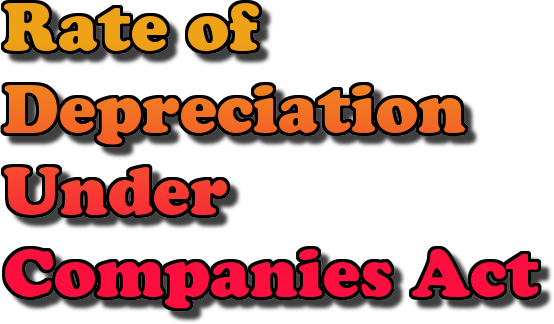What is Form 26AS?
Form 26AS, popularly known as the Tax Passbook is an annual statement in which the details of tax credit against the PAN of the taxpayer are reflected. Various details like
- TDS/TCS
- Advance tax/Self assessment tax
- Refund claims etc
Are generally updated in the form on a Quarterly basis, which shall help the taxpayer in filing the ITR at the end of the year. Read More
TAX DEDUCTION AT SOURCE ( TDS ) ON CASH WITHDRAWAL
( After Amendment in Sec 194N of the Income Tax Act, 1961 )
Section 194N at Glance

Tax Deducted at Source (TDS) is a mechanism that has been introduced by the Income Tax Department. Under this, the responsible person is supposed to deduct a certain percentage of income as tax before making the payment to the receiver. The payment includes salary, commission, professional fees, interest, rent, etc.
Due to Covid-19 situation, the rates of TDS on payments made to resident Indian has been reduced by 25% for the period starting from 14th May, 2020 to 31st March, 2021. However, there shall be no reduction in rates, where tax is required to be deducted or collected at higher rate due to non-furnishing of PAN/Aadhaar.
Now, let’s have a look at the TDS/TCS Rates applicable for financial year 2020-21 as per Press Release issued by Ministry of Finance dated 13th May, 2020: Read More









